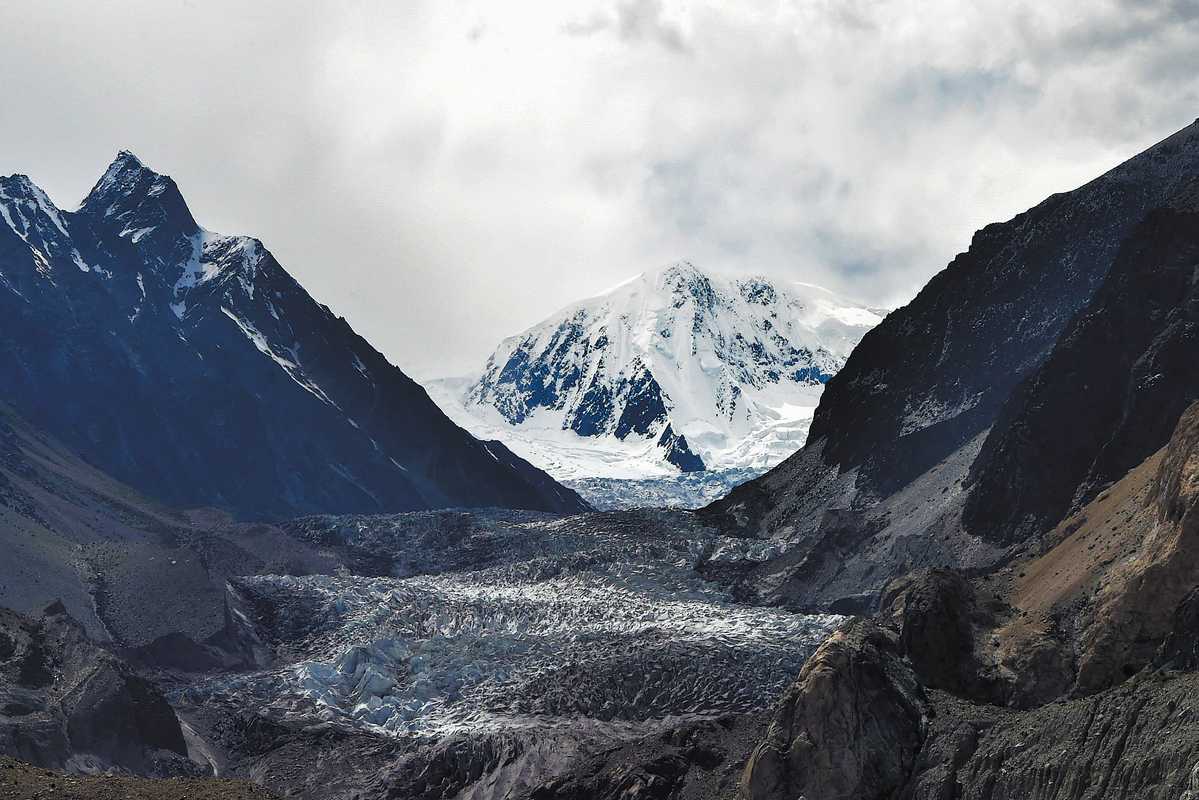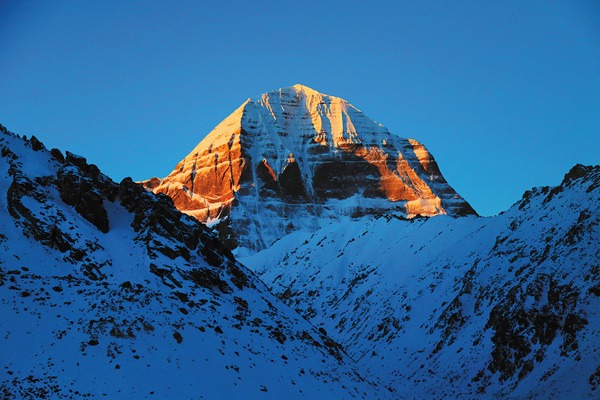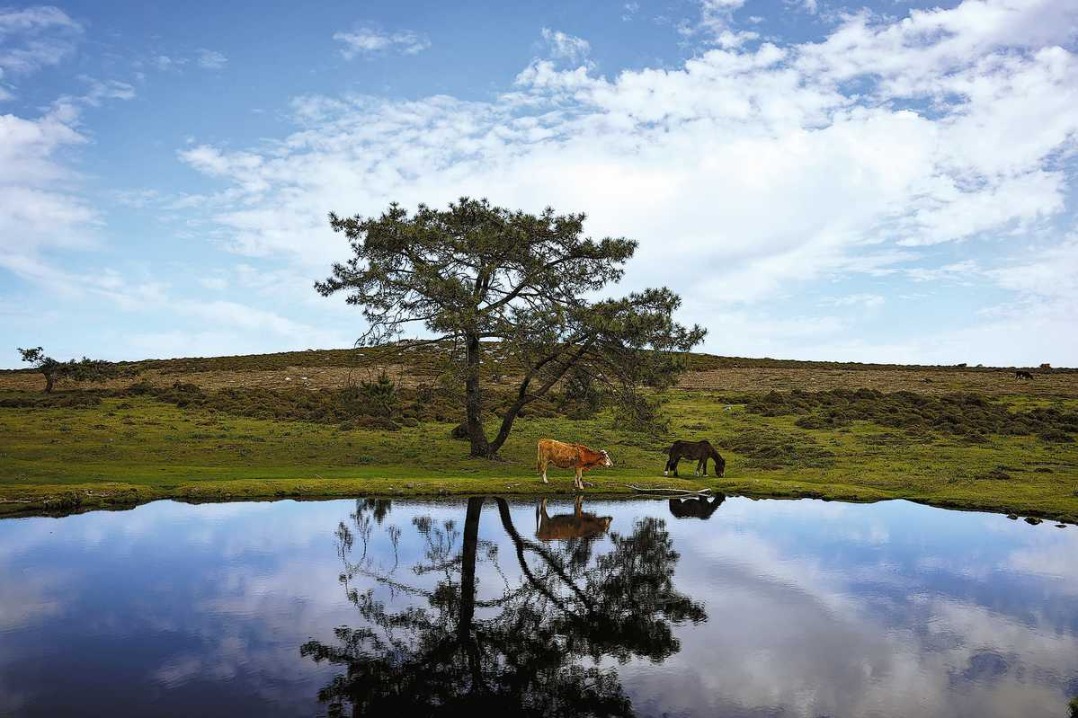Receding cover
Snowfall in Himalayan ranges reaches 23-year low, threatening 2 billion people


Editor's note: In this weekly feature China Daily gives voice to Asia and its people. The stories presented come mainly from the Asia News Network (ANN), of which China Daily is among its 20 leading titles.
Snowfall in the Hindu Kush-Himalayan mountain range has reached a 23-year low, threatening nearly 2 billion people dependent on snowmelt for water, scientists warned in a report last week.
The Hindu Kush-Himalayan mountain range, which stretches from Afghanistan to Myanmar, holds the largest reserves of ice and snow outside the Arctic and Antarctica and is a vital source of fresh water for about 2 billion people.
Researchers said there was "a significant decline in seasonal snow across the Hindu Kush-Himalayan region, with snow persistence (the time snow remains on the ground) 23.6 percent below normal — the lowest in 23 years", the International Centre for Integrated Mountain Development, or ICIMOD, said.
"This trend, now in its third consecutive year, threatens water security for nearly 2 billion people," it said in its Snow Update Report.
The intergovernmental ICIMOD's member countries are Afghanistan, Bangladesh, Bhutan, China, India, Myanmar, Nepal and Pakistan.
The study also warned of "potential lower river flows, increased groundwater reliance and heightened drought risk".
Sher Muhammad, lead author of the ICIMOD report, said that "this year the snowfall started late in January and remained low in the winter season on average".
Several countries in the region have already issued drought warnings, with upcoming harvests and access to water at risk for populations already facing longer, hotter, and more frequent heat waves.
The report urged countries that rely on the 12 major river basins in the region to develop "improved water management, stronger drought preparedness, better early warning systems and greater regional cooperation".































